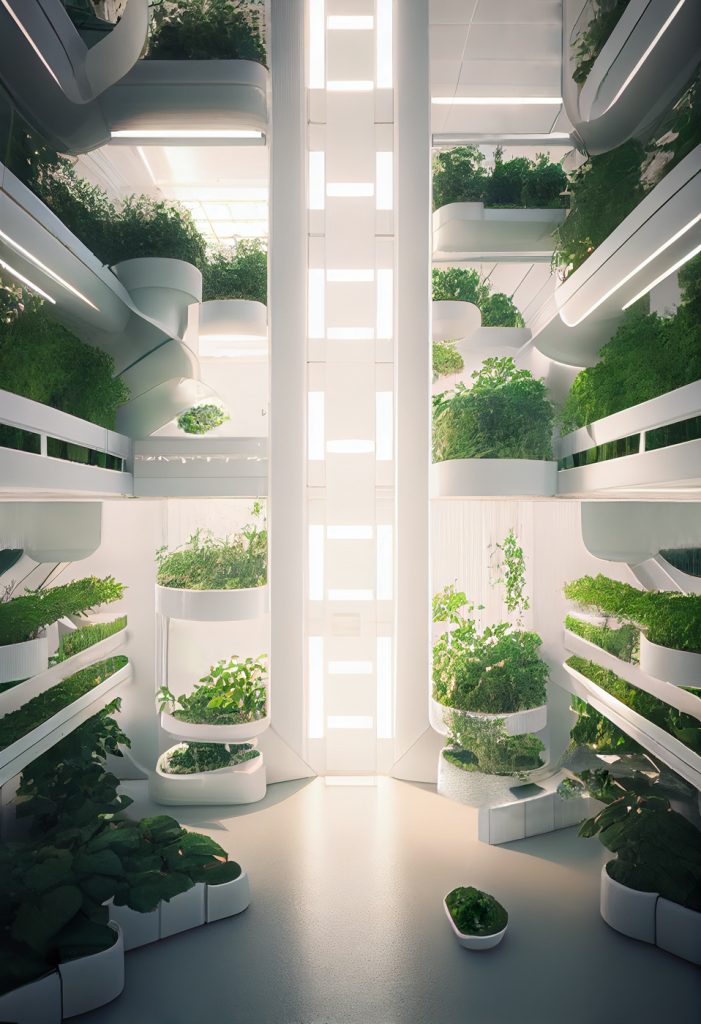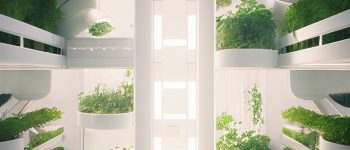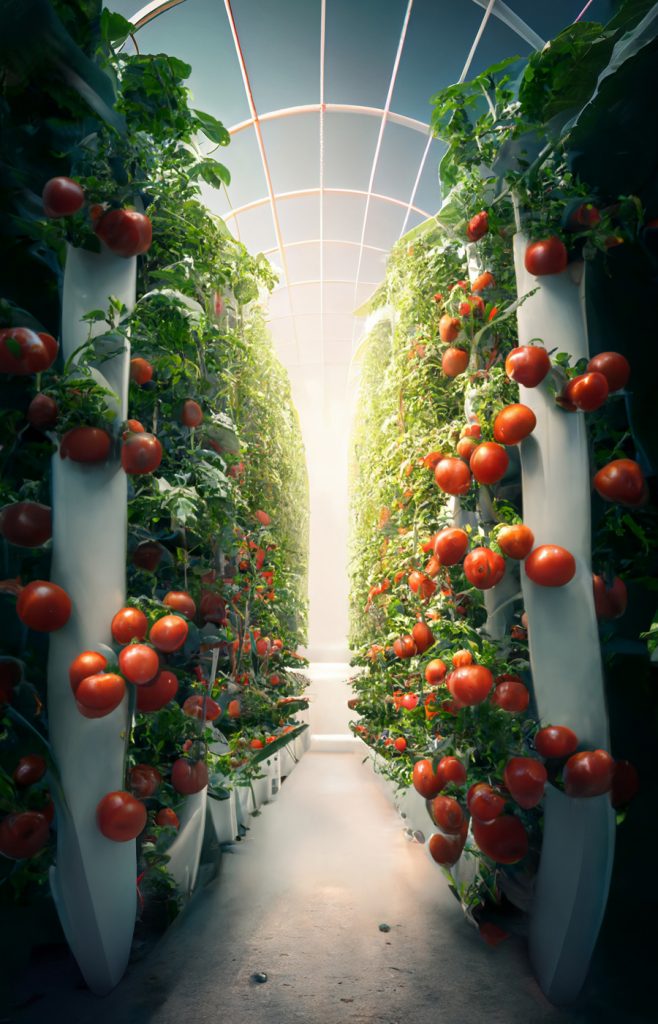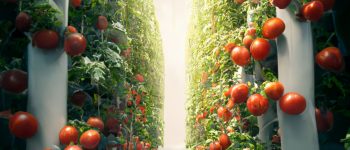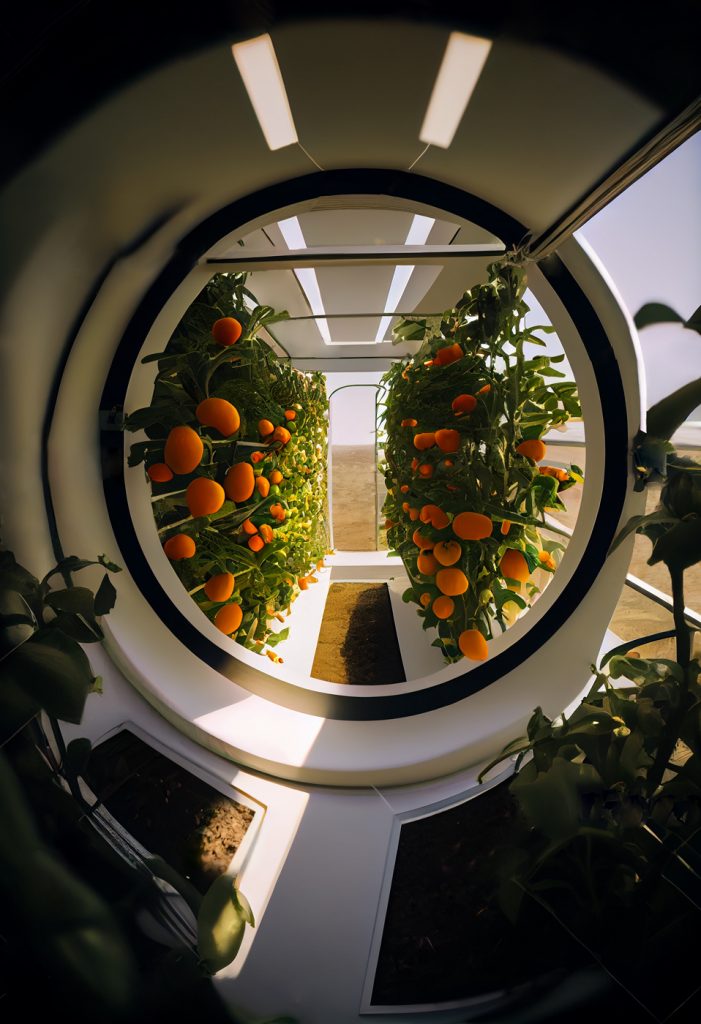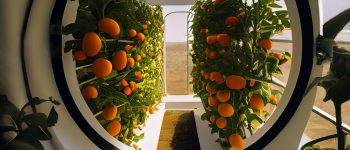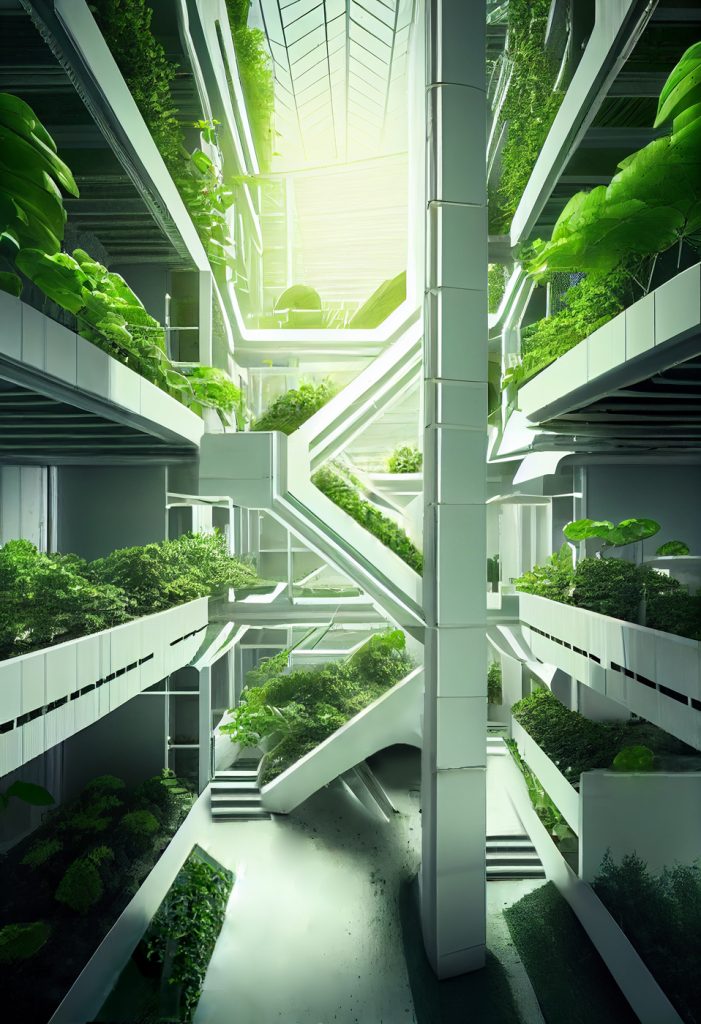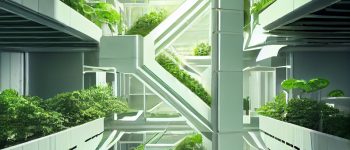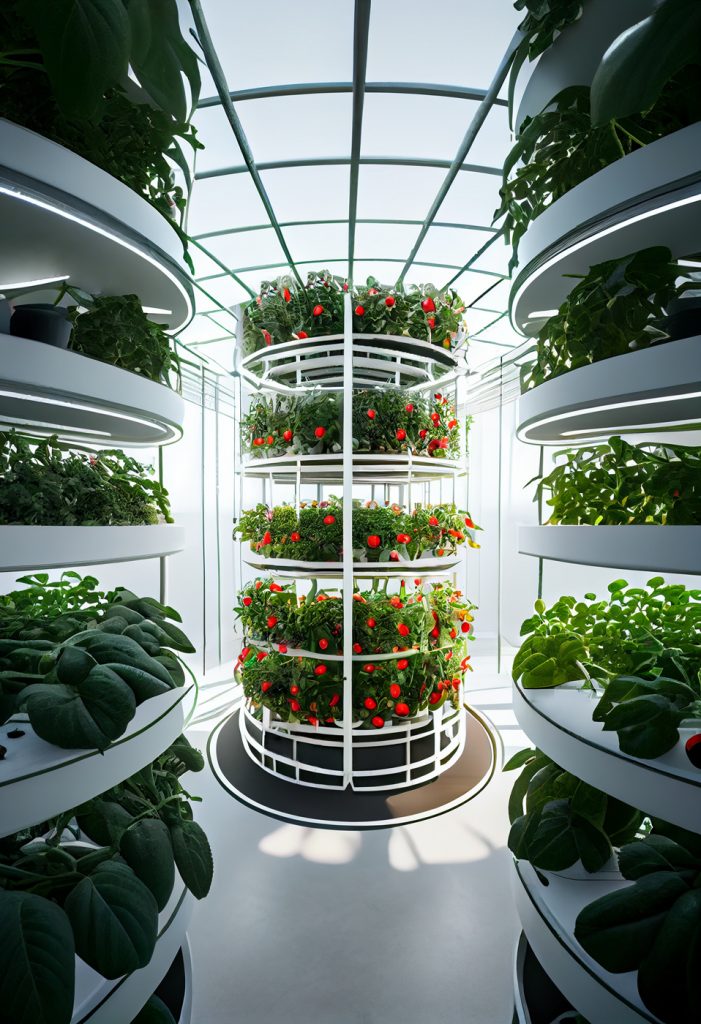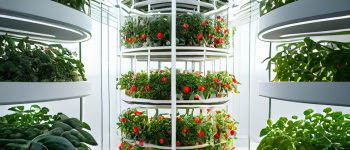The project is aimed at preserving forests, agricultural land and water, and reducing carbon emissions into the atmosphere. Vertical farms can slow down climate change and allow feeding more of the world’s population.
When planning farms, I suggest using renewable energy sources such as solar panels and wind power. This will reduce energy dependence and dependence on logistics, as well as build farms both in the Arctic region and in particularly hot conditions. My project is mini vertical farms in private farming, as well as large commercial projects that allow you to grow food throughout the year despite the climate agenda and seasons of the year.
The UN report, prepared by more than 100 experts, reports that the exploitation of land and water is already putting pressure on humanity's ability to feed itself. This pressure will increase as the world's population reaches 9.7 billion by 2050, and high temperatures and floods will make it difficult to grow crops in some regions. Hence, there is a need to change the way food is produced.
Vertical farms, which are becoming popular all over the world, can cope with this problem. Thanks to year-round crop cultivation and economical use of vertical areas, it is possible to produce many times more crops.
The main problem of vertical farms is energy dependence. I think this problem can be solved by using solar panels when designing farms. This will allow you to build farms both in the Arctic region and in particularly hot conditions. My project represents both mini vertical farms in private farming, and large commercial projects about food production.

